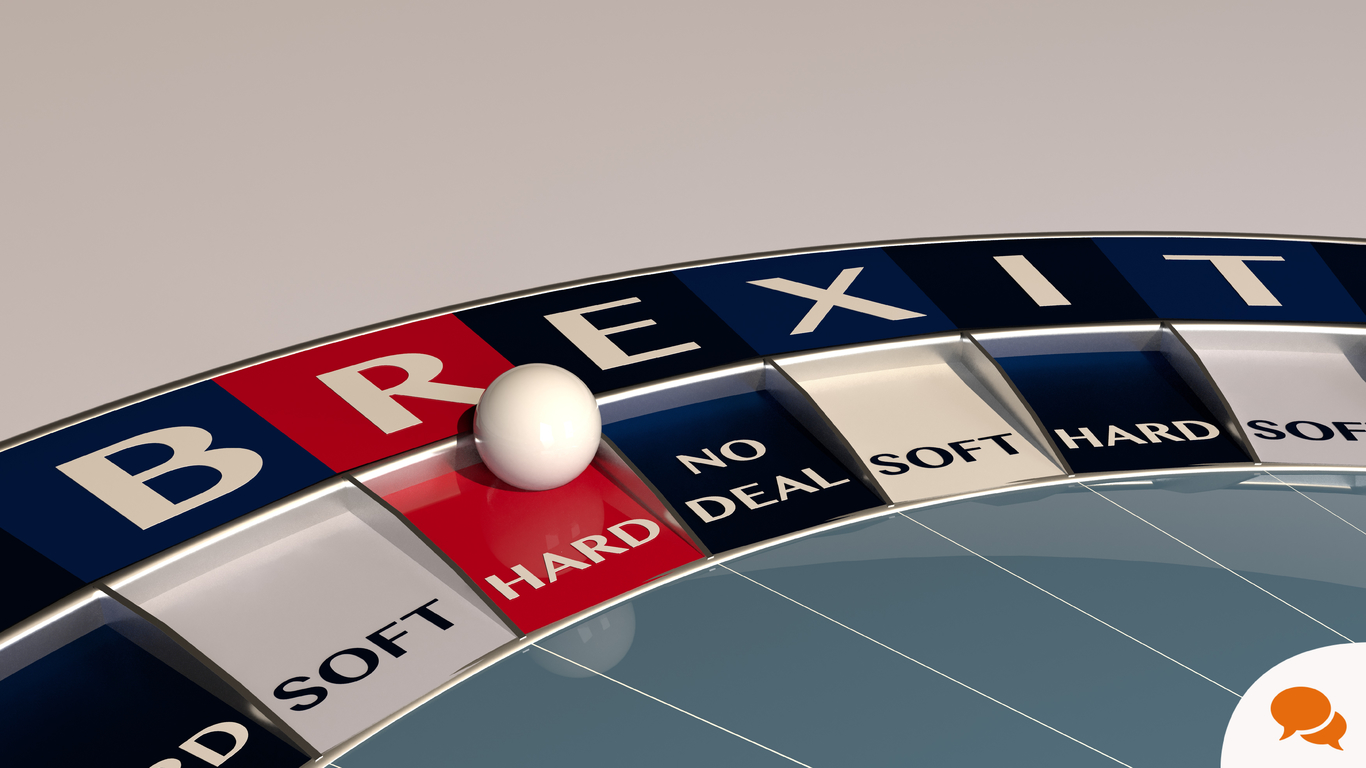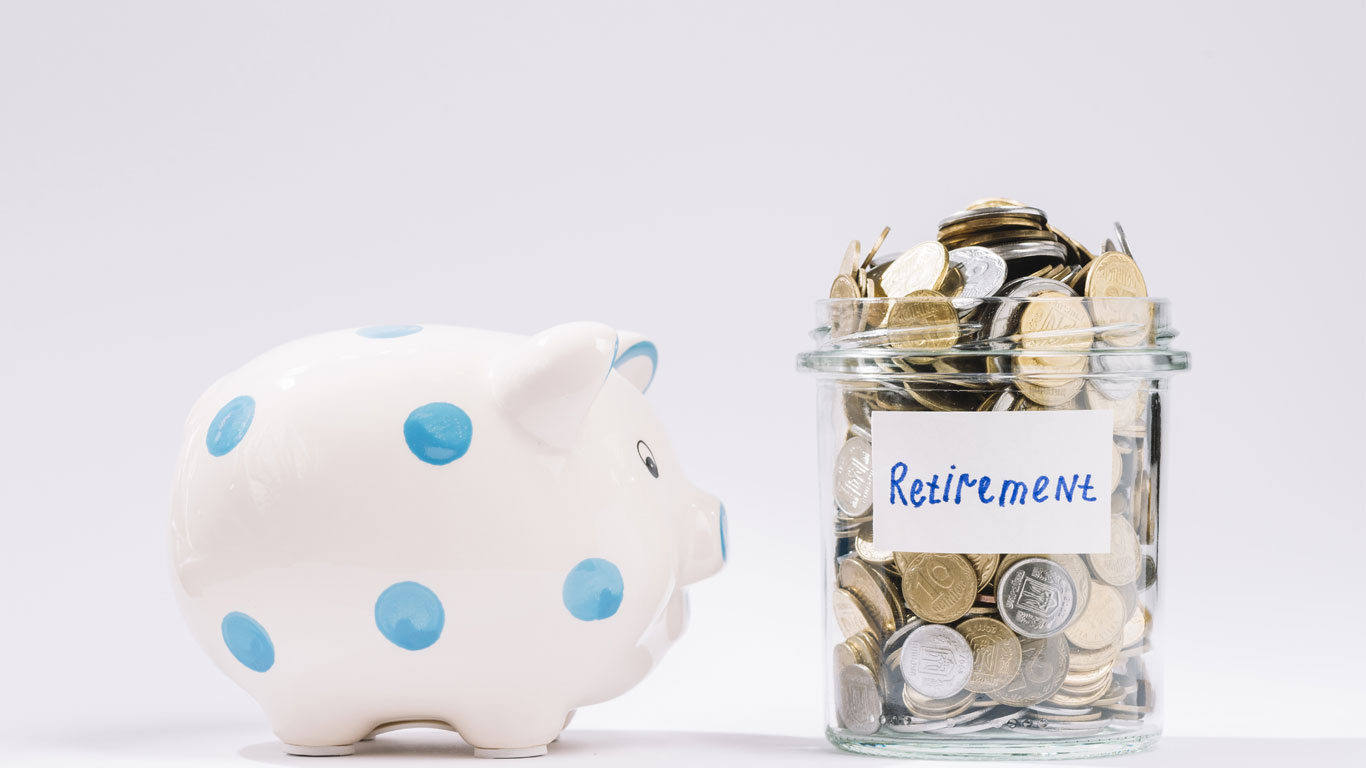Call Ishmael. New Year’s Eve, 1948, he was born in Des Moines at Mercy Medical Center. Savings and gift Ismail parents scrape together $ 3,000 “pre nest egg” out of relatives. They invest money in a company called Lexington leading mutual funds, which have assembled a portfolio to reflect the US industrial economy. When Ishmael was 12 years old, his parents told him the account, but made him promise not to touch income, until the last day of 2008, when he was 60
Proved a serious bear market makes a bad time to split nest egg; the market fell 37% a year. Nevertheless, our New Year’s Eve baby is indeed very good. Despite the turmoil, Ismail stake grew to a little more than $ 1.3 million. Today, thanks to the bull market began in March 2009, the original $ 3000 investment value of more than 3.7 million $. These figures reflect the impact of stiff front-end sales costs.
Within Ishmael is fictional, but his investment results are very likely range. Professor Jeremy Siegel, the Wharton School of the University of Pennsylvania University, writes in an important book in 1994 called stocks for the long run . By showing it, over a longer period, a diversified stock portfolio continue to get considerable profits made in the case of long-term equity investments. This is still the case. From 1926 to 2016, there have been 20 years 72 (ie, December 31, 1925 to December 31, 1945; December 31, 1926, 1946, etc. December 31). Neve r said, and more than half of the average annual increase recorded more losses than any of those in the 20-year stretch of double-digit percentage predecessor Standard & Poor’s 500-stock index or a large capital.
Star seclusion. right, Siegel’s book came out, a woman named Anne SCHEIBER become a legend. SCHEIBER is a reclusive government lawyers, who lived in a studio apartment and living paycheck, never more than $ 3,150 per year. In 1944, 50 years old, she pulled together $ 5,000 and invest in stocksTickets. She reinvested dividends, but do not add more, when she died in 1995, her investment portfolio was valued at US $ 22 million.
Unlike Ishmael, SCHEIBER buy stocks. For example, in 1950, she took some of her profits to buy 1000 shares of Schering-Plow, a pharmaceutical company about $ 10,000. She was held. By 1995, these initial offerings, and by a stock split, to be 128 000 shares worth $ 750 million.
According to her agent, SCHEIBER “focus on the name of the franchise.” She has Coca-Cola (KO symbols), Ross (L), Pepsi (PEP) and oil giant, will eventually become ExxonMobil (XOM). She bought the company, its products, she knew, and as an elderly woman, she knows drugs, so she invested in Bristol-Myers Squibb (BMY) and Pfizer (PFE). Schering, by the way, the merger Merck (MRK) in 2009 (in bold are those stocks I recommend.)
SCHEIBER done well, but be aware that if you investment within a very long time, buying stocks carry a lot of risk. Not many companies survival and development for half a century. Consider the history of the Dow Jones Industrial Average index composed of. By Charles channel 12 in the first component 1896 selected, only one remains as: GE (GE). the rest? Well, you heard Laclede Gas or distillation and breeding cattle Co. recently? The remaining 11 original road company was liquidated or absorbed by other companies. Since
In 1979, only five Dow components have been in addition to GE consistent (ie, they remain without being removed and put back on average) part. They are ExxonMobil, IBM (IBM), Merck, P & G (the PG) and United Technologies (UTX). Changing the Dow reflects the shifting nature of the economy and the prospects for individual companies weakened.
Standard & Poor’s changed for the same reason, there are about 20 companies dropping out of school, to be replaced every year. byAdam Parker, strategist at Morgan Stanley and then, in 2015, the analysis found that half of the component. So change between 1999 and 2015, when you buy an index fund, such as Vanguard 500 Index (VFIAX), a mutual fund tracks the S & P 500, or SPDR Dow Jones Industrial Average ETF (DIA), exchange-traded fund, imitation, and goes by the nickname Dow diamond, you are slowly changing in a portfolio.
Tenacity, however, can pay off. Ismail old fund is now called of Voya business leaders B (LEXCX). It started life in 1935 with SIMPLË proposition: a good beginning of the next century and has a chance to survive, 30 solid companies. Hold on to them, unless they are of a merger or bankruptcy.
Business leaders today have an unusual portfolio. The Fund holds no technology stocks (technical representatives of S & 20% P), and no health care (14% S & P in). Instead, it is the weight in the base material and energy, the total fund assets 36%, while the proportion of S & P 9%.
Business leaders have striking good performance. The original strands 30, 21 have survived, including Dow Chemical (DOW), GE and P & G. In the past 30 years, the fund invested six times. In the past 15 years, business leaders earned an average annual 8.9 percent, while the Standard & Poor’s, a 7.8% second in the top 1% of its category ranking, focusing on mutual funds undervalued large-cap stocks. (All returns through May 31)
The secret of success
Class B shares in a fund unloaded a year fee is low, just 0.59%. After all, no salary stock managers. However, despite its benefits, business leaders remain nearly stagnant, less than $ 1 billion of assets. This is not a true index fund, it lacks a hot actively managed funds pop charm.
You can purchase a business leader, I strongly recommend, or index funds track the S & P 500 or the Dow Jones index. Or you can try to build a portfolio for yourself very long term. Although corporate collarGuide’s success, target your portfolio should be diversified by industry better. I suggest you hold 15-30 large companies that you think will continue into the next century, in the same way to this point in most business leaders original company’s survival.
No one knows the future. However, you should be looking for the big record company has a strong brand, solid balance sheet and demonstrate ability to adapt. Dow itself is the best place to start, but I would choose American Express (AXP), Boeing (BA), Johnson (JNJ) Microsoft (MSFT) and Visa (V), plus some since 1979 has been in the index of those companies, including GE, IBM and P & G’s.
In addition to Microsoft, I would choose Google father
Letter (GOOGL), Amazon.com (AMZN), Facebook’s (the FB) and of Netflix (NFLX), for exposure to technology. But I will not include Apple (AAPL), the world’s largest stock market capitalization in, because it is too dependent on one product. I would like to at least have a large energy company, a pharmaceutical company and a number of additional consumer products businesses, but other than Wal-Mart (WMT), and no bank is not retailers. Retail and financial outlook is too uncertain , but the key to success is not what you have. That’s what you get for how long, you have it, and whether or destroyed by high fees. The great lesson of business leaders, have the least cost, never sell. never. The only way most of us get the discipline to stick to it in the difficult times are strictly adhere to this mantra, even blindness. March stock KET present you with a daunting challenge: to hold through thick and thin. However, if you meet this challenge, then, like Ismail and Anne SCHEIBER, you stand a good chance to come out the winner of a large-scale.





